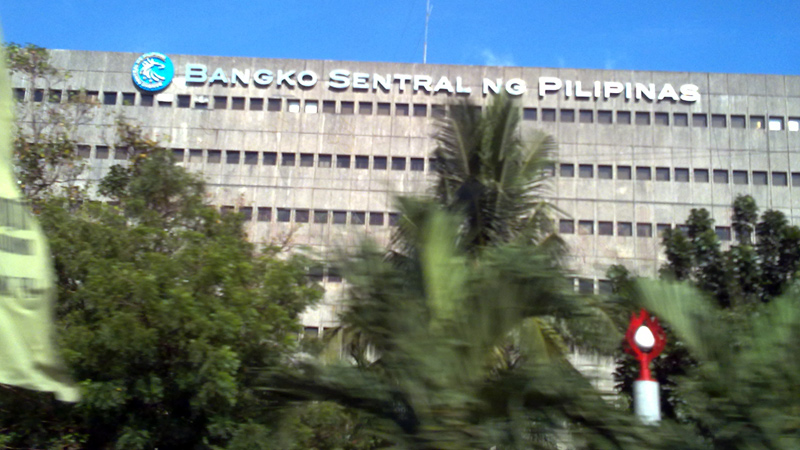The Bangko Sentral ng Pilipinas will likely raise its overnight borrowing rate by a quarter of a percentage point to 4 percent in its monetary setting on Sept. 11 to “anchor” inflation expectations as domestic demand might recover this second semester, an economist from JP Morgan Chase bank said.
In a commentary on the country’s second quarter year-on-year gross domestic product (GDP) growth of 6.4 percent, JP Morgan’s chief Southeast Asian economist Sin Beng Ong said that while the latest pace of growth outpaced the consensus forecast of 6.1 percent, details were “a little soggier.”
The economist said the net contribution to the 6.4-percent growth rate was driven by 3.1 percentage points from domestic demand and the rest from net exports. He attributed the slowdown to an easing in fixed investment, which delivered only 0.8 percentage points to the growth from an average closer to 2.5 percentage points in the past couple years.
“Notably, investment [excluding] construction dropped materially and inexplicably. Private consumption too slowed and likely owes [the drop] to the same factors that facilitated the slowdown in fixed investment,” Ong said, adding that slowing fixed investment was also reflected in the 33.6-percent quarter-on-quarter drop in imports.
These are likely “due to some temporary and not so temporary factors,” the economist said. Sentiment surveys suggested that order books remained healthy and that supply rather than demand factors have been the main impediment to domestic activity, Ong said.
The economist added that anecdotally, logistical bottlenecks had increased at ports around Manila, which accounted for around 65-70 percent of the country’s total cargo. He said this had been further exacerbated by travel restrictions placed on heavy vehicles in the major thoroughfares around Manila. This has lifted logistics costs and also increased waiting times and was “especially damaging for perishable goods, which include fresh food and may also have been a factor lifting food prices,” Ong said.
Ong said government consumption had likewise slowed in terms of its net contribution to the growth, continuing the trend from the first quarter following the expiration of the Disbursement Acceleration Program (DAP).
